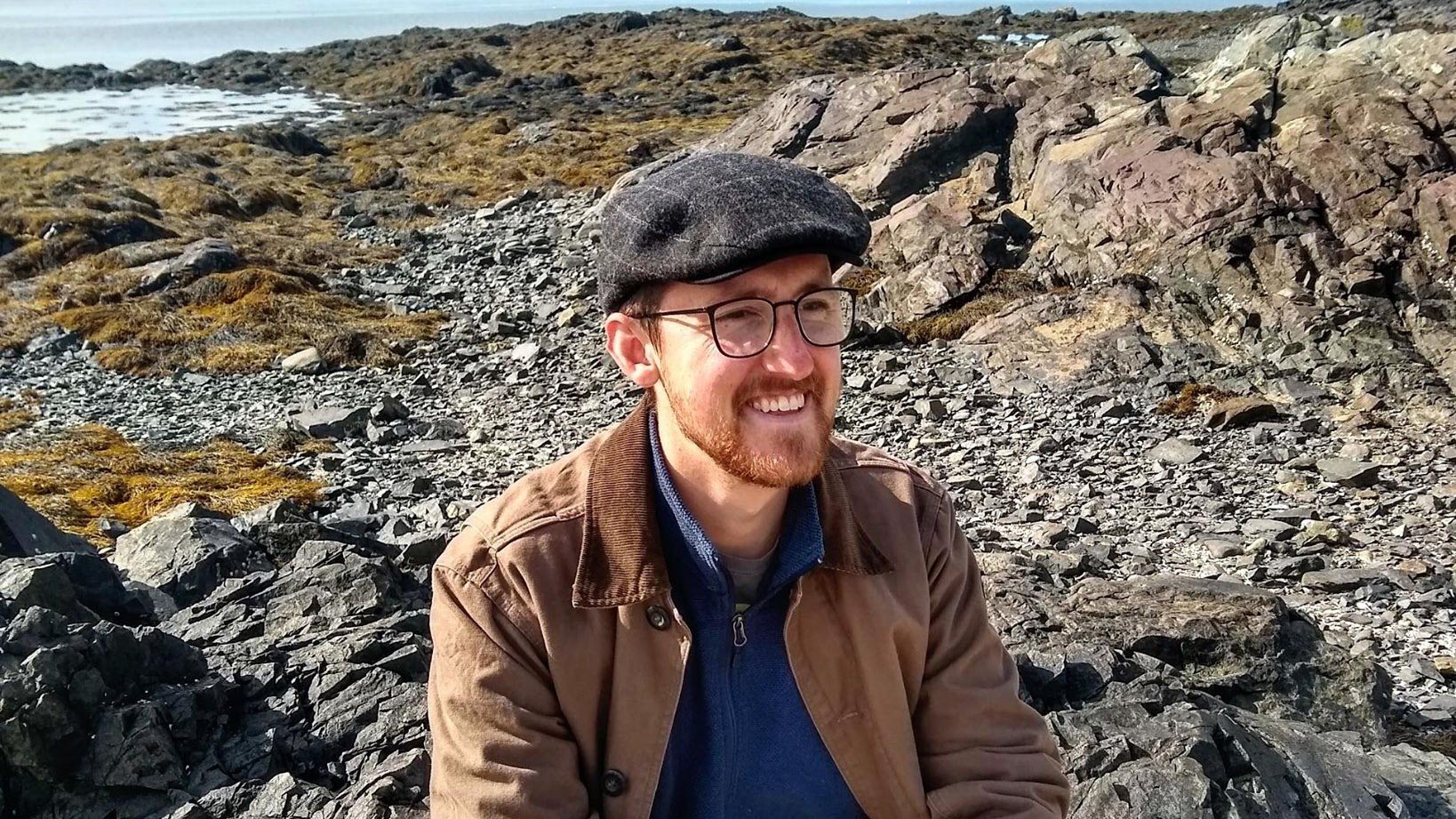
Making Connections Through Collaboration and Data with Zach Wood
By Daniel Timmermann
Our environment is a complex, interacting web that many disciplines have dedicated centuries to studying. However, the interconnectedness of our environment makes it challenging to understand through the lens of any single discipline. The NSF RII Track-2 FEC: Genomic Ecology of Coastal Organisms (GECO) program expands our understanding of these connections, and more specifically, to better understand the interaction between genotypes, phenotypes, and an organism’s environment.
Zach Wood, an evolutionary ecologist and postdoctoral fellow at UMaine, explained how GECO is breaking down disciplinary boundaries to better understand interactions between evolution and ecology: “Everyone is working to build links between genotypes, phenotypes, and environmental traits, which makes our understanding of how life evolution and response to human disturbance works.” Doing work like this requires an incredibly interdisciplinary team. “GECO brings together microbial ecologists, genomicist, data scientists, ecologists, and more,” said Wood. Traditional disciplinary boundaries have often prevented these big questions from being tackled, but GECO breaks that mold. Wood explained that there is a lot to gain from this type of collaboration. “It’s really fun trying to build these bridges between disciplines and finding out how much parallel vocabulary we have… The mentorship community becomes incredible. You have a really diverse set of eyes looking at your work and giving you feedback and ideas.”
As part of the GECO project, Wood integrates and analyzes data collected by GECO plus, the Saltmarsh Habitat & Avian Research Program (SHARP), and other databases, looking for links between evolution and ecology. When it comes to the future of ecological research, “much of it takes place in front of a computer,” explained Wood. “Today for example, I am pulling together databases of traits from hundreds of different species so I can look for evolving, environmentally-important traits.”
This can be both exciting and challenging. Often, scientists can rely upon established analytical tools when working with their data, but many GECO analyses are too new to have established analyses. Wood helps build those analytical tools as he works with GECO and SHARP data. As these tools are developed they can inform data collection. People working in the field can be more efficient. Wood explained, “If I measure 100 things on a species, am I really getting 100 unique pieces of information or am I measuring the same thing over and over again?” The answer to a question like that would allow researchers to be more intentional with their data collection and reveal how different measurements relate to each other.
The diversity of the team reflects on the impact that GECO could have. The program is able to provide tools to address the looming extinction of local ecological communities, environments and species. GECO is able to tackle big life ideas like the rate of evolution and the interconnectedness of species and environment. All the while it serves as an example of what team science can look like and achieve.
